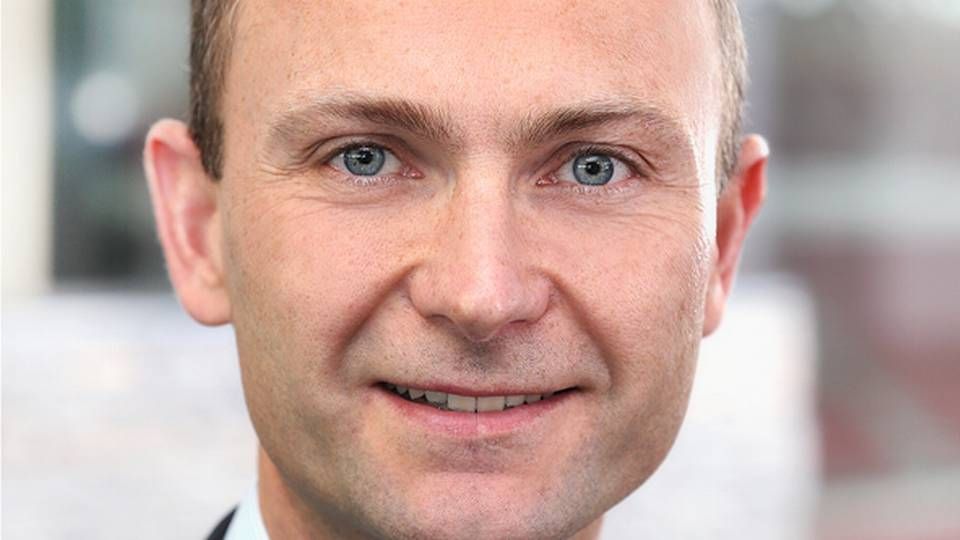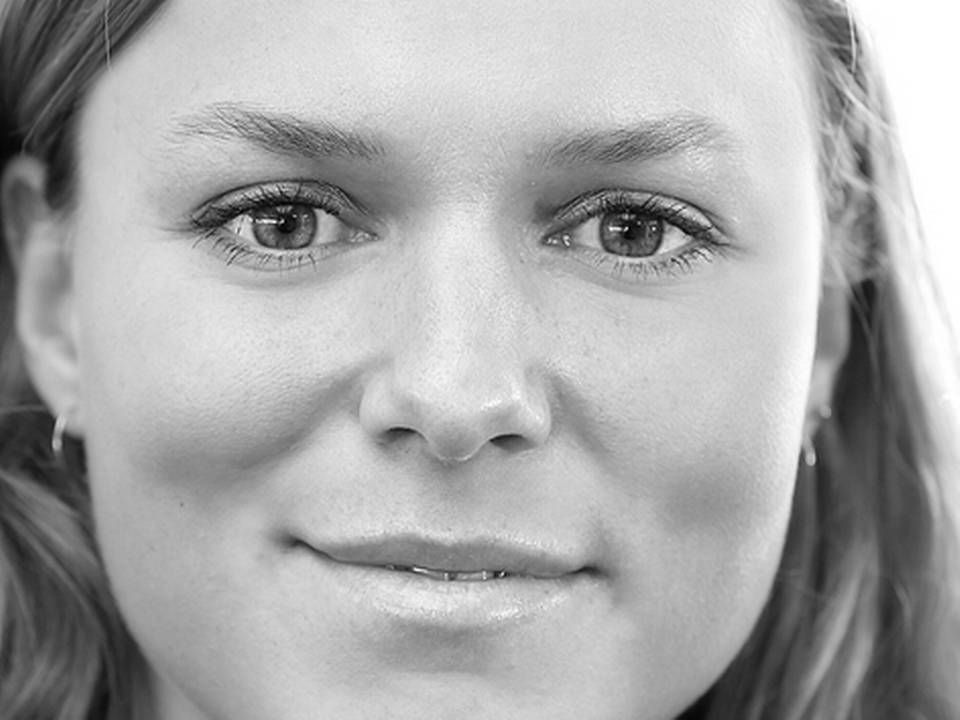Nordic fund seeking 10 percent return in hard-to-access direct lending

Danish Capital Four is seeking 10 percent returns in the growing Nordic direct lending market. Its Strategic Credit Fund II is targeting private debt transactions, which generally have higher yields than syndicated loans.
"Direct lending is hard to access and hard to source," Mikkel Sckerl, portfolio manager, said by phone last week. "As a result when you do source and get exposure you get better compensation for the risk you’re taking."
Europe’s direct lending market has grown as stricter capital requirements pushed banks to reduce corporate lending after the financial crisis. Europe-focused fundraising totaled EUR 18.3bn last year, according to research firm Preqin.
Stronger balance sheets among Nordic banks had seen the direct lending lag in the region. "The Nordics have been slower to embrace direct lending than the rest of Europe," Sckerl said. "Now there’s a lot of owners and business and particularly private equity that see the value of this kind of institutional financing that we can provide. There’s quite strong growth in the Nordics now."
Capital Four, which manages about EUR 11bn of credit, focuses on private debt deals in the Nordics and Northern Europe. It targets small to middle-market sponsor-owned companies with earnings before interest, taxes, depreciation, and amortization of EUR 5 to 25m, where competition among lenders is lower.
In the past year, Capital Four has provided debt financing to Performance Interactive Alliance’s acquisition of United Digital Group and Agilitas’ DanOffice.
The Strategic Credit II Fund, which started in May, had a 7.9 percent return net of fees in 2018. Returns benefit from a considerable liquidity premium for direct lending compared with the high-yield bond market.
"The big difference is that we can’t sell these loans," he said. "If we do a 20 million-euro loan, there’s no one else that knows about it. I can sell it legally but there aren’t another 50 investors that know the company who would want to buy for 90 cents on the dollar. So it’s a hold-to-maturity strategy."
Unitranche market still almost non-existing in the Nordics, credit manager says
Related articles
Capital Four - preparing for the future
For subscribers















